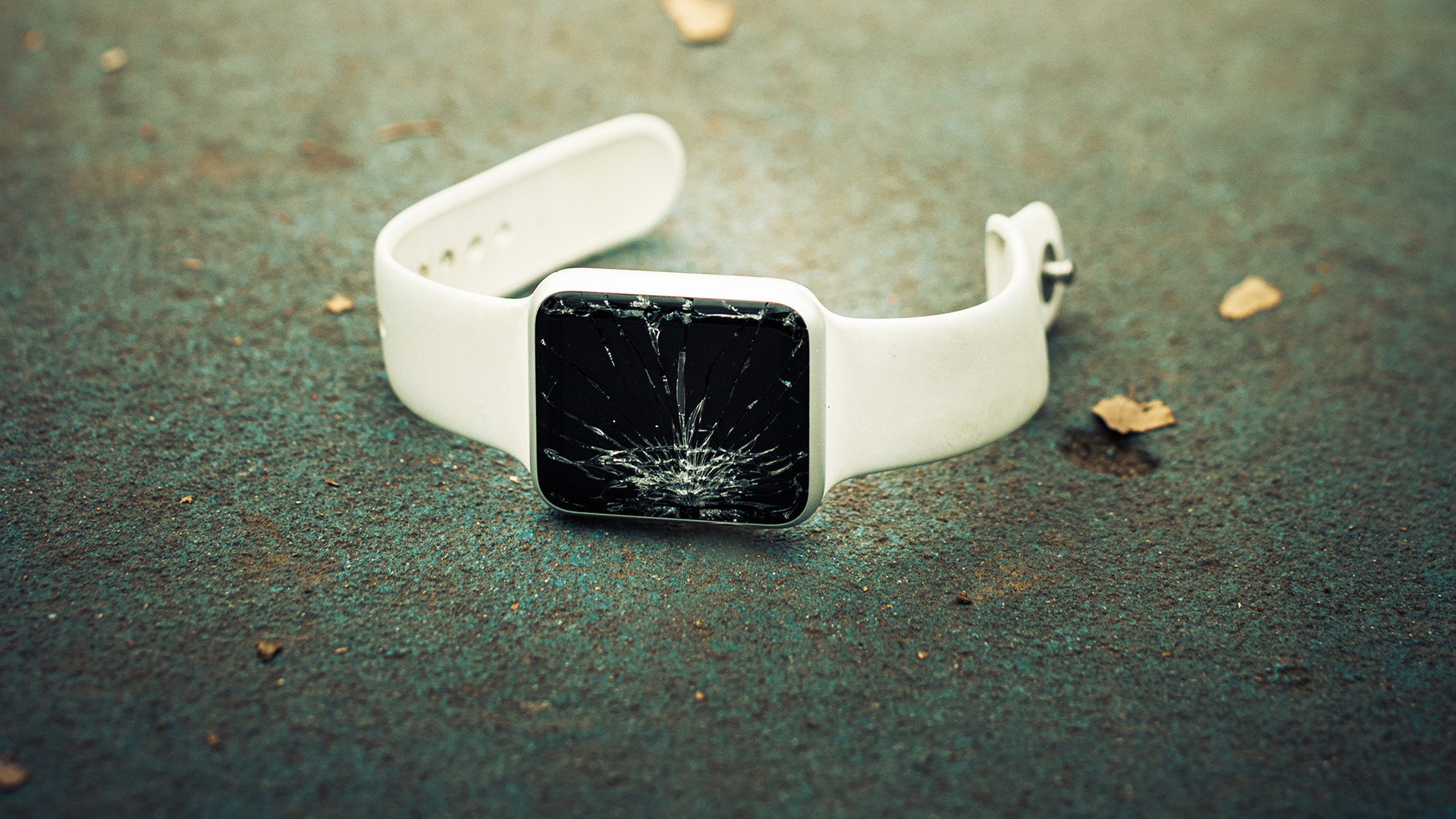Can you repair scratched Sapphire Glass? Essential care for premium smartwatches
Repair and maintenance tips to ensure your wearable stays fresh for longer


When it comes to rugged, premium smartwatches, the material of choice for lenses is often sapphire glass. Brands like Garmin have embraced sapphire glass for its exceptional durability and sleek, premium appearance. But what happens when the unthinkable occurs and your sapphire lens gets scratched?
Fear not – we’ve got the ultimate guide to mending sapphire glass lenses. Before we go any further, though, we’d like to emphasise that if you know nothing about smartwatch DIY, it’s probably not the best idea to start repairing your expensive outdoor watch. Professional help might cost money, but it’ll be a much safer route.
The benefits of Sapphire Glass in rugged and premium watches
Sapphire glass isn't just a marketing gimmick; it’s a superb material in the world of smartwatch durability and aesthetics. Sapphire crystal is renowned for its hardness, ranking just below diamond on the Mohs scale, making it exceptionally resistant to scratches (not from diamond, though).
The optical clarity of sapphire glass is also unmatched. It offers a clear view of your watch display, maintaining the sharpness and vibrancy of high-resolution AMOLED screens. Not only is sapphire glass scratch-resistant, but it's also incredibly strong.
Not to mention, with its luxurious look and feel, sapphire glass enhances the premium appeal of even the best Garmin watches. It exudes sophistication and durability, a perfect match for rugged yet stylish timepieces.
Mending a scratched Sapphire glass lens: Your step-by-step guide
Before you begin, carefully examine the scratch. If it’s superficial, you might be able to polish it out at home. Deep scratches, however, often require professional attention. If it’s the former kind, your next move is to gather your tools, which may include diamond paste with fine grit (0.5-1 micron), a soft polishing cloth and a magnifying glass (optional but helpful).
Ensure the watch lens is free of dust and debris. Rubbing leftover dirt, like sand, on the surface could exacerbate the issue even further. Once you’re happy with the lens's cleanliness, gently wipe the surface with a microfiber cloth.
Get all the latest news, reviews, deals and buying guides on gorgeous tech, home and active products from the T3 experts
Then, put a small amount of diamond paste on the polishing cloth. Using gentle, circular motions, rub the paste onto the scratched area. Be patient and avoid applying excessive pressure, which can cause further damage.
Continue polishing for several minutes, periodically checking your progress with a magnifying glass. If the scratch remains, you may need to reapply the paste and repeat the process. Once you’re satisfied with the results, clean the lens again to remove any residual paste. Inspect the lens to ensure the scratch is gone or significantly reduced.
If the scratch is too deep or the DIY method doesn’t work, consult a professional jeweller or watch repair service. They have specialised tools and expertise to handle more severe damage. In the worst-case scenario, they can replace the lens with a new one.
While sapphire glass is incredibly durable and scratch-resistant, accidents can still happen. With the right tools and techniques, you can often mend minor scratches at home. For more severe damage, professional help is always an option. By understanding the benefits and proper care of sapphire glass, you can keep your premium smartwatch looking as good as new.

Matt Kollat is a journalist and content creator who works for T3.com and its magazine counterpart as an Active Editor. His areas of expertise include wearables, drones, fitness equipment, nutrition and outdoor gear. He joined T3 in 2019. His byline appears in several publications, including Techradar and Fit&Well, and more. Matt also collaborated with other content creators (e.g. Garage Gym Reviews) and judged many awards, such as the European Specialist Sports Nutrition Alliance's ESSNawards. When he isn't working out, running or cycling, you'll find him roaming the countryside and trying out new podcasting and content creation equipment.